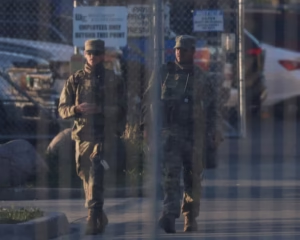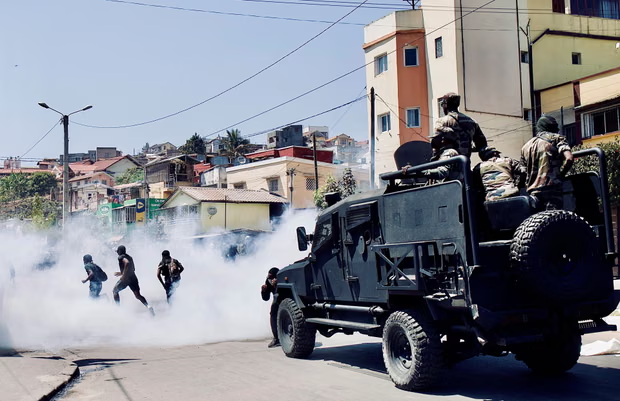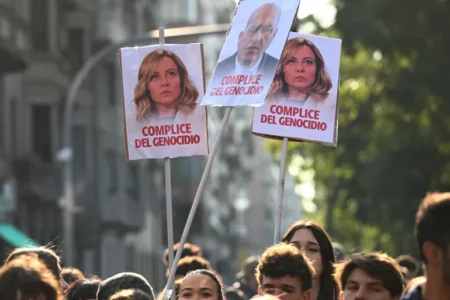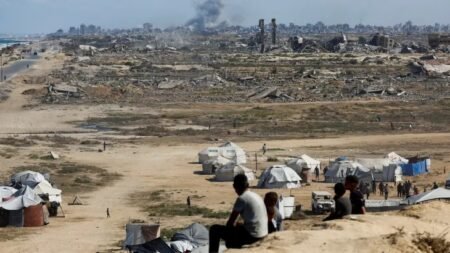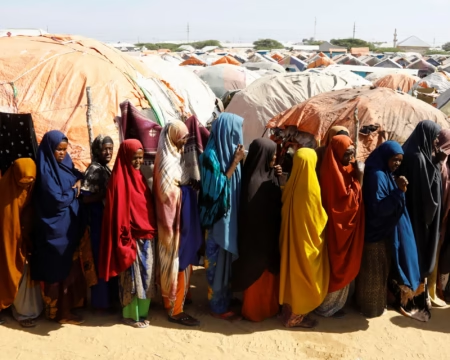Madagascar’s president, Andry Rajoelina, has dissolved the government following three days of youth-led protests over water and power shortages. The United Nations reports at least 22 people have died and over 100 were injured during the demonstrations.
The protests, inspired by youth movements in Kenya and Nepal, mark the largest unrest the Indian Ocean island has faced in years. They are also the most significant challenge to Rajoelina since his re-election in 2023.
Rajoelina addressed the nation on state television, saying, “We acknowledge and apologise if members of the government have not carried out the tasks assigned to them. I understand the anger, sadness, and difficulties caused by power cuts and water supply problems. I heard the call, I felt the suffering, and I understand the daily impact.”
He announced that applications for a new prime minister will be accepted over the next three days before forming a new government. The president also said he aims to open a dialogue with young people and pledged support for businesses affected by looting.
Thousands have marched in the capital, Antananarivo, many dressed in black and calling for Rajoelina to resign. Police have responded with teargas and rubber bullets to disperse crowds, leaving more than 100 injured.
The UN human rights office attributed some of the deaths to “violent response” by security forces. Other fatalities were linked to violence and looting by groups not connected to the protests. Madagascar’s foreign ministry rejected the UN figures, claiming they were based on “rumours or misinformation.”
On Monday, protesters gathered at a university waving placards and singing the national anthem. They attempted to march toward the city centre despite a curfew in place since last week. Police used teargas to disperse the crowd.
The protesters have adopted symbols and online strategies used in recent youth movements abroad. A flag similar to that seen in Nepal’s protests, which led to the prime minister’s resignation, was displayed. They also used digital organization methods like those seen in Kenya last year, which forced the government to scrap proposed tax legislation.
Rajoelina first came to power in a 2009 coup. He stepped down in 2014 but returned as president after winning the 2018 election. He secured a third term in December 2023, an election his opponents said was marred by irregularities.
Madagascar, one of the world’s poorest countries, has a long history of uprisings since its independence in 1960. The country saw mass protests in 2009 that removed former president Marc Ravalomanana from power.
The current unrest highlights ongoing frustrations with basic services and the growing influence of youth-led movements inspired by global protests. Analysts say the demonstrations reflect deep social and economic issues, including energy shortages, water access, and a lack of opportunities for young people.
As the government is restructured, the international community is closely monitoring developments. Observers note that Rajoelina’s willingness to dissolve the cabinet may ease tensions temporarily, but long-term solutions to infrastructure and governance challenges remain urgent.



